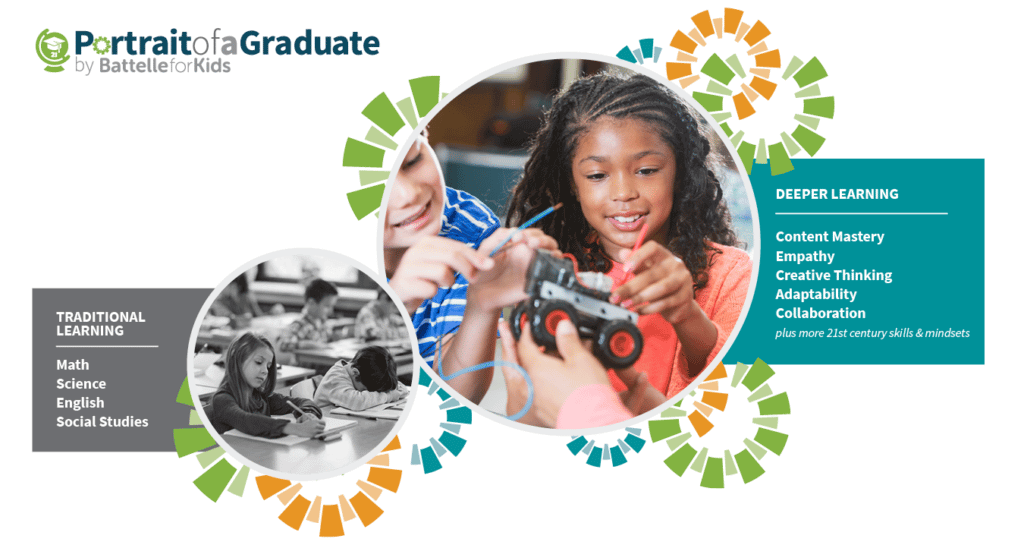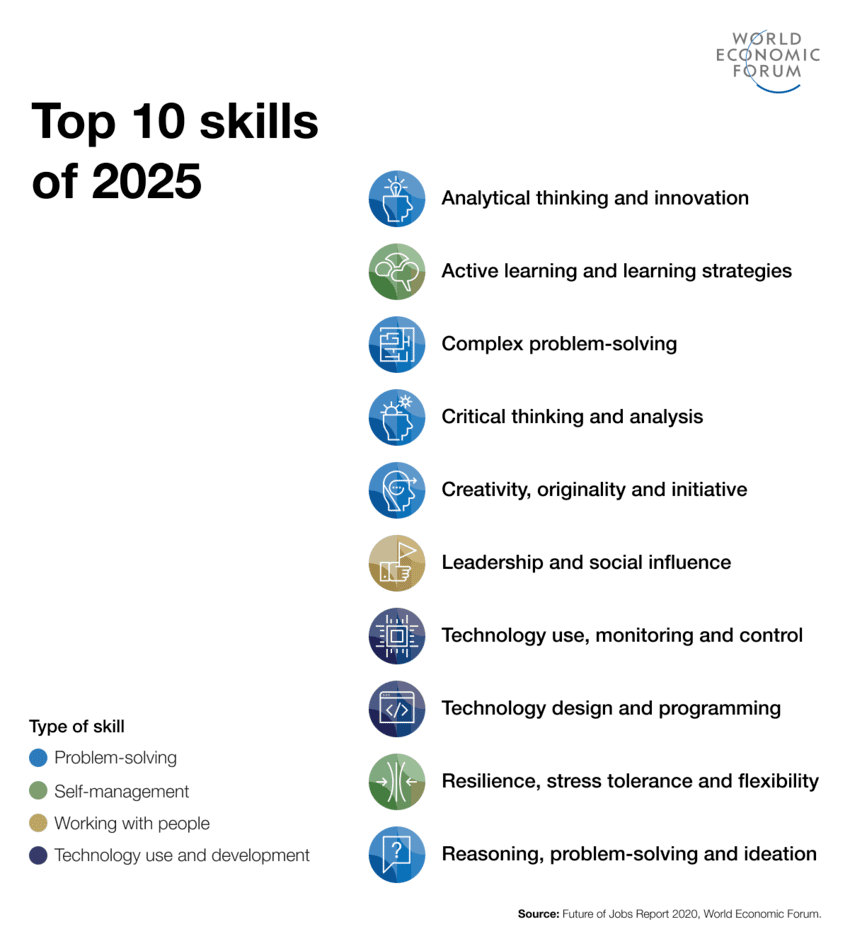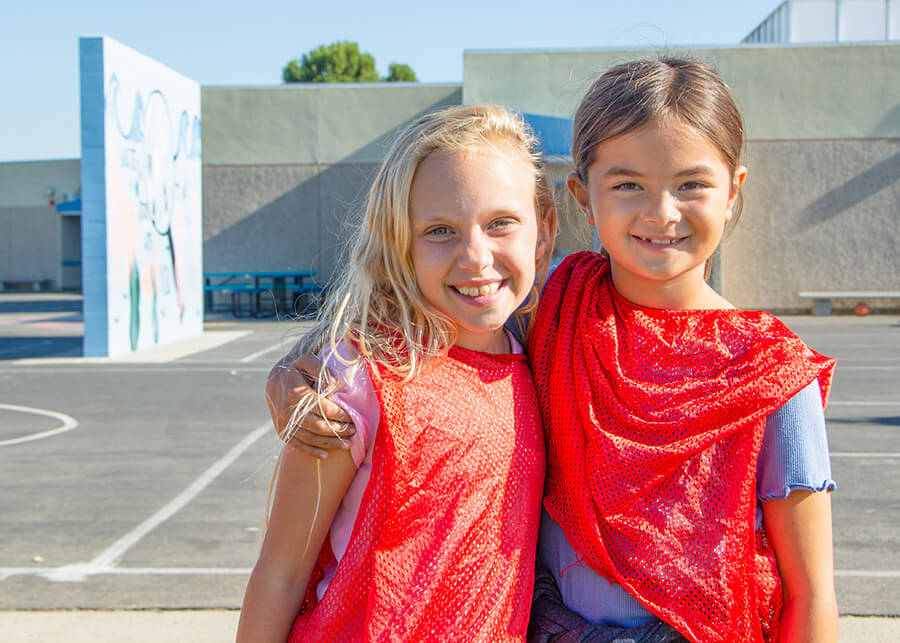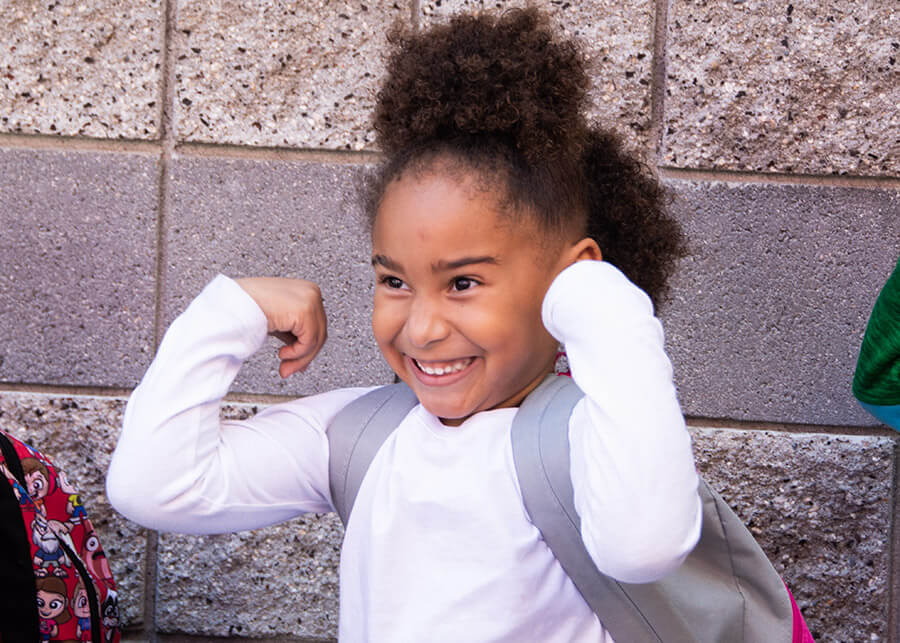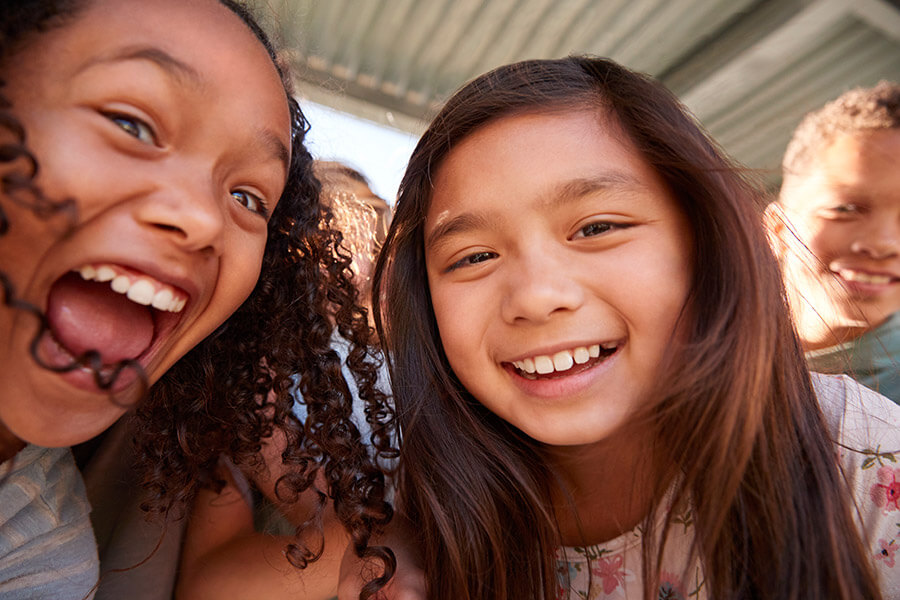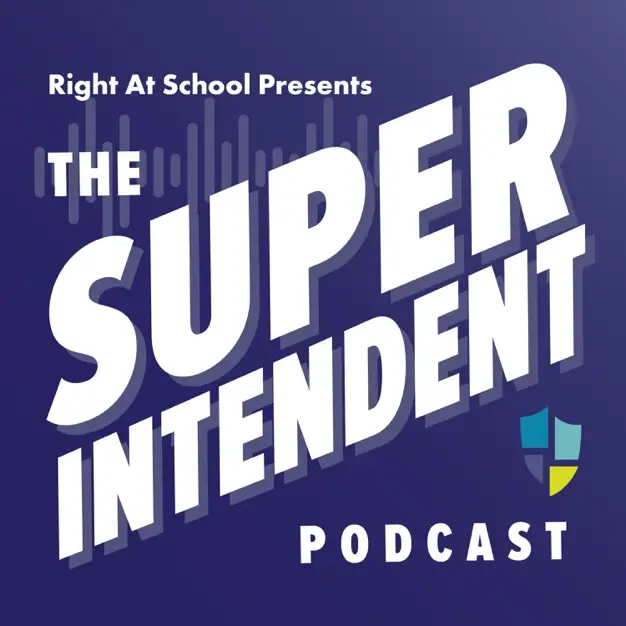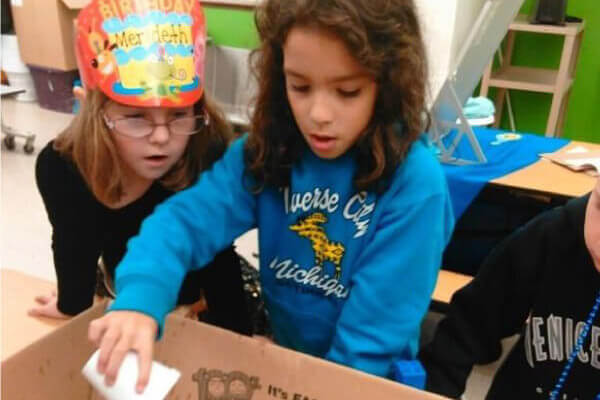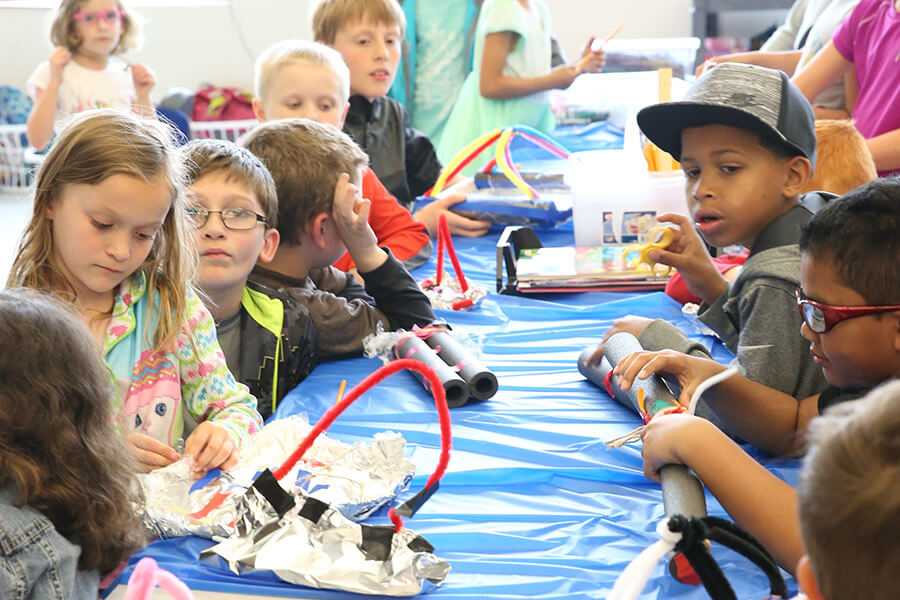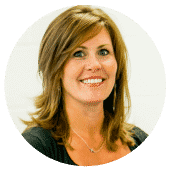
By Dr. Dawn Bridges, Vice President of Educational Affairs
Led by AASA The School Superintendents Association, the Learning 2025 movement is about redesigning the public school system in a way that provides holistic support for students.
In my work with the SEL cohort program for The School Superintendents Association (AASA), I am privileged to have been a part of the Learning 2025 collaboration, and the regular group learning and discussion activities we have. Recently, we had a discussion on skill-building for students, led by Battelle for Kids, a nonprofit who works with schools across the country on transforming learning systems. So much of what we talked about during that session reflected the work we are doing in our Right At School programs in schools across the country. Here are a few of my takeaways from the discussion:
Districts need to have a shared vision of success for their students.
Battelle works with districts and communities to create their “Portrait of a Graduate,” a shared vision of the knowledge, skills, and mindsets they will equip students with in order to succeed in school, career, and life. This shared vision should drive the whole system of support that communities are building for students, before, during, and after school.
Source: battelleforkids.org
That idea of a shared vision is the heart of the partnerships Right At School builds with schools and districts. Our first step in building those partnerships is to deeply understand the vision and goals a district has for its students.
Students need “soft skills” for current and future success.
In their most recent Future of Jobs Report, the World Economic Forum outlined the most important skills that will be needed in the workforce by 2025. A 2021 survey found that since the pandemic bagan, employers are increasingly focused on “soft skills” like leadership, critical thinking, empathy and other interpersonal skills.
These skills are seen as even more essential for hybrid and remote work success. And while much of the conversation is about reskilling the adult workforce (an estimated 50% of current workers will have to reskill), those of us who work with students every day know the real challenge is expanding opportunities for skill-building in K-12. Because those skills are the same ones that support their academic success, as well as their social and emotional wellbeing.
Soft skills and social-emotional competencies pave the way for student learning, increase engagement in school, and positively impact behavior and overall attendance. So, preparing students to succeed in school now, and in their future careers, requires giving them as many opportunities as possible to develop and apply their skills.
Extended day enrichment programs can increase skill-building opportunities for students.
High-quality enrichment programs can provide students with daily opportunities to explore and develop their interests, as well as build leadership, problem solving skills that support their future success. For schools, enrichment is a way to reinforce and extend what is learned during the school day. Students can engage in activities to develop their interests and apply their skills in ways they don’t get to within the structure of the traditional school day. Programs can and should be flexible enough to offer a variety of project-based and self-directed learning activities. Students can build their voice and their confidence by collaborating with staff and peers. Enrichment programs can also connect with the larger community through service-based projects as another way to expand opportunities for students.
One quick example–every Right At School program starts the day with a “Town Hall,” where:
- Students share accomplishments and special news
- Students are recognized for accomplishments and birthdays
- Educators review the schedule and set expectations for the day
- Students hear a preview of the fun afternoon that awaits them
This is a key time for building relationships among students, and between students and staff by fostering a community mindset and an inclusive environment where students feel empowered to learn, play, and grow.
A shared vision requires collaboration–it’s all hands on deck.
In every conversation I’m having with my AASA colleagues, educational leaders, teachers and parents, one theme comes up over and over–schools cannot do this work alone. Taking a holistic approach to supporting student success inside and outside of the classroom requires building strong relationships for schools, students, and families. Right At School is so proud to be collaborating with AASA and organizations like Batelle for Kids, as well as schools and districts across the country. Together we work toward shared visions of student success, and create opportunities for students to build the skills that will take them into the future.

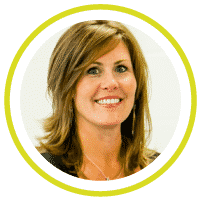
Dr. Dawn Bridges
Dr. Dawn Bridges has over 25 years of experience in the fields of education and professional learning, having held the roles of teacher, reading specialist, special education coordinator, principal, and assistant superintendent for curriculum and instruction. She has dedicated her career to ensuring that all students have the support they need to thrive in and out of school. You can follow Dr. Bridges on LinkedIn and Twitter and subscribe to the RAS blog to keep up with her work.
